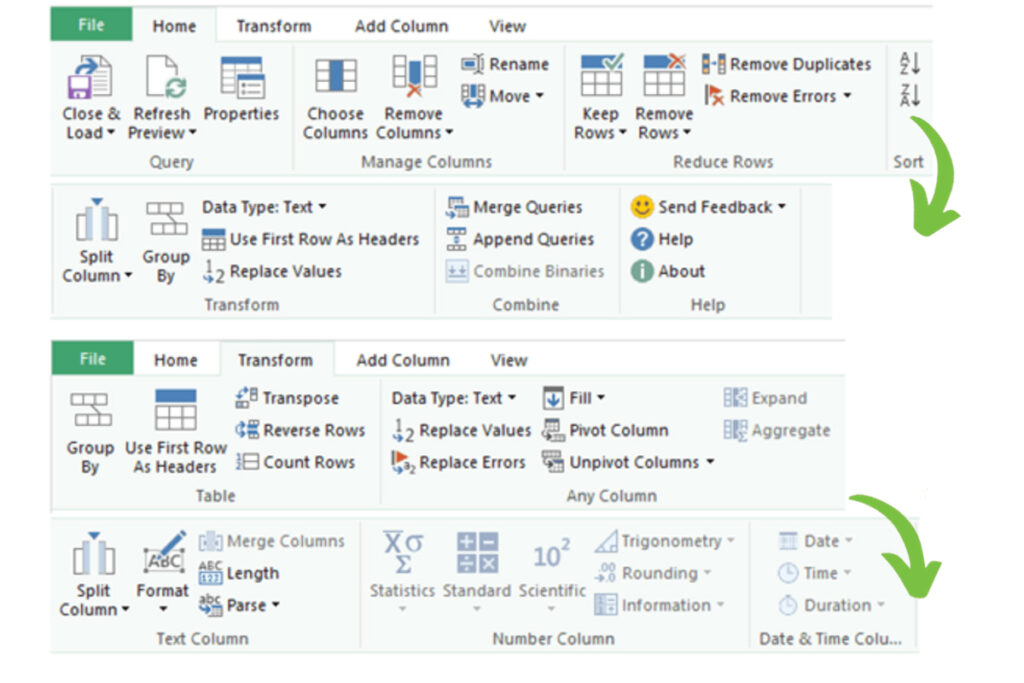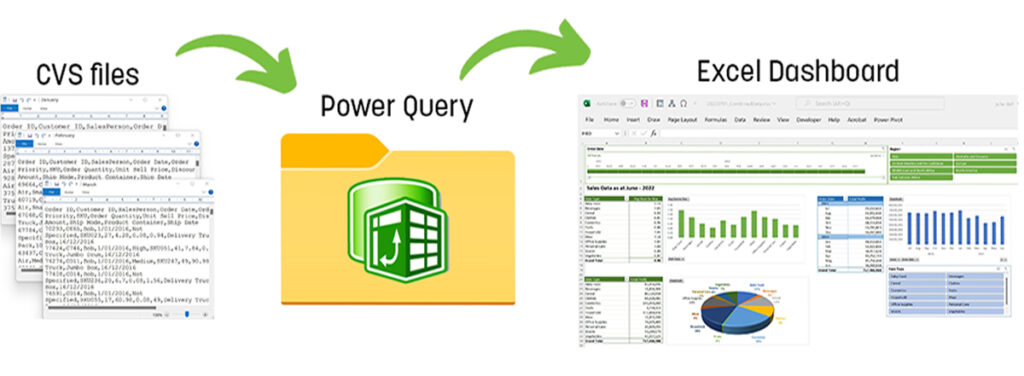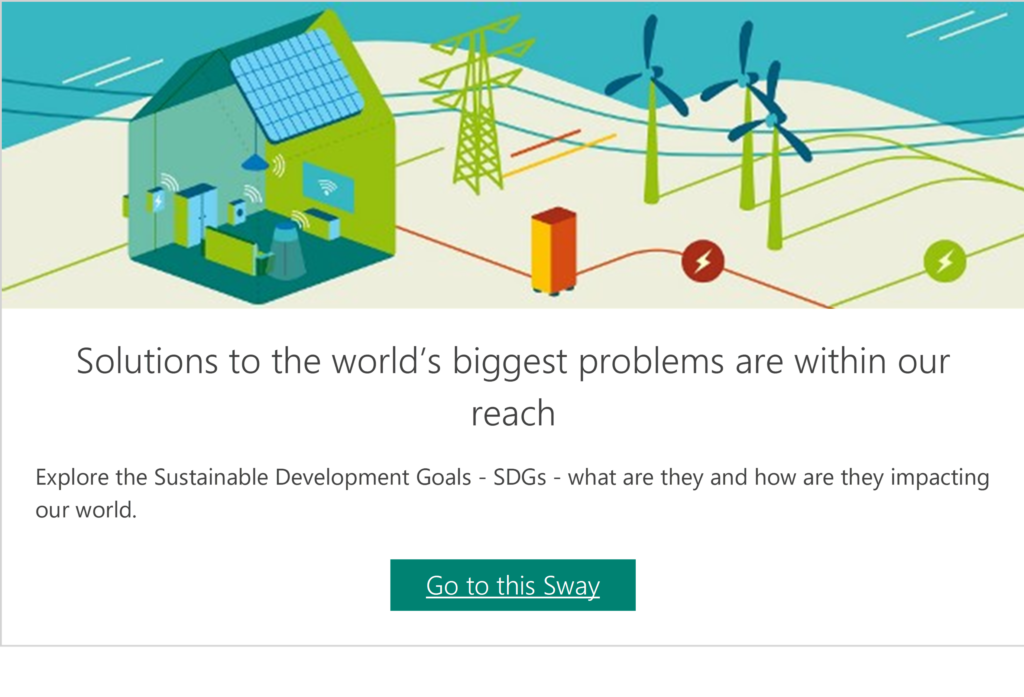Managing your energy is just as important as managing your time. Managing time leads to greater productivity and managing energy will give you more happiness, focus and attention. While time management is an ongoing task for most people it’s easy to get swept up in the chaos of the year and lose sight of your energy levels.
“You charge your phone every day, why don’t you do that to yourself?”
The upcoming holiday break gives you a great opportunity to reassess your personal energy levels and create an energy plan for 2023.
Personal energy can be identified by four dimensions:
- Physical energy – the way we take care of our physical bodies
- Spiritual energy – related to our purpose and mental wellbeing
- Emotional energy – how we feel
- Mental energy – our drive to grow and develop
Let’s take a look at some ideas for recharging.
Sleep
Take the time to get more sleep and create a plan to maintain a consistent sleep pattern in the new year. The benefits of an established sleep routine can improve your attention span, improve your memory, and lower your stress levels. Science has shown that sleep restores your mind and helps you to restore your energy.
Listen to Music
Listening to music benefits us individually and collectively. Music helps to stimulate your brain which has been linked to better learning capabilities. When grooving to your favourite tunes your brain increases its production of the neurochemicals dopamine and oxytocin, which make us happy, motivated and alert.
Move
While sleep is important so too is movement. Exercising at any level boosts the oxygen circulation inside your body which supports your internal energy production. Think about the types of movement or exercise that you find fun, fulfilling whether that’s individually or socially.
Declutter and organise your surroundings
Start with a small section of your life and set aside time to declutter and organize it. This will energise you in the short term and help to maintain a sense of calm and control in the long term. You will have better focus in this area and benefit from higher energy. Make a plan to work on different areas over your break and into 2023.
Unplug and do something else
That’s right, take a break from tech. Turn away from the screens, pick up a pen and start journaling, do some mindful colouring in, get out to your garden, enjoy your kitchen to bake bread, relax in a warm bath, play an instrument or tinker in your shed with something mechanical. Whatever the option for you, make it mindful enough to recharge your energy and find a way to build it into your regular routine.
Learn something new
Challenging your brain by learning something new strengthens your neural connections, keeps your mind active, sparks enthusiasm and increases your self-satisfaction.
Everyone will have different ways of recharging and maintaining their energy levels. The key is to uncover what works for you and then set goals around making the changes required. Seek support from people around you if required and start of 2023 with the energy for success.
Learn something new with ATI-Mirage, our 2023 training calendar is out now. Click here to view our e-calendar.
Blog written by Jo Riley | ATI-Mirage’s Lead Consultant PD & Wellness
















